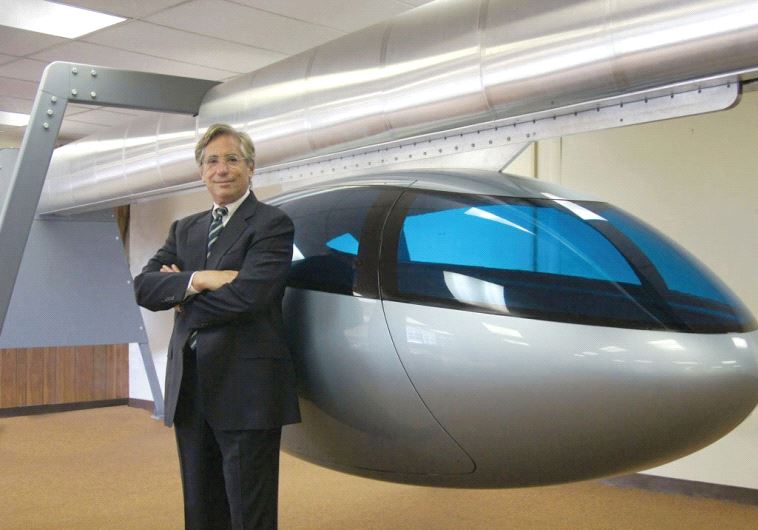The futuristic space pod that could solve Israel’s housing crisis
SkyTran, an innovative company with Israeli roots is promising to upend the way people get from place to place.
 ‘THERE’S NO MORE room for surface solutions,’ says SkyTran CEO and chairman Jerry Sanders.Updated:
‘THERE’S NO MORE room for surface solutions,’ says SkyTran CEO and chairman Jerry Sanders.Updated: